"The Other Hundred" is a unique photo book project aimed as a counterpoint to the Forbes 100 and other media rich lists by telling the stories of people around the world who are not rich but whose lives, struggles and achievements deserve to be celebrated. Its 100 photo stories move beyond the stereotypes and clichés that fill so much of the world's media to explore the lives of people whose aspirations and achievements are at least as noteworthy as any member of the world's richest 1 percent.
Mongar, BhutanPhotographer: Aidan Dockery
Karma Choden, 28, from Drepong village in east Bhutan’s Mongar district, is a member of the Puengu Detshen farmers’ group, one of the district’s leading growers of vegetables.
Puengu Detshen, which means nine brothers, takes its name from its nine member households.
Karma and the group’s other members work seven days a week growing a host of different vegetables, among them cabbages, broccoli, peas, radishes, carrots and mustard greens.
The group sells vegetables to the local community. Its biggest customer is a nearby secondary school which buys around 100 kilograms of vegetables daily. Every year, each household in the group earns around 100,000 ngultrum -- about U.S. $2,000 -- from sales of the vegetables.
Karma’s husband, Cheten Norbu, 30, is the group’s leader. His main responsibility is coordinating work to maintain a smooth supply of vegetables to the school. The couple, who are from the same village, have a 5-year-old son and a 3-year-old daughter.
As well as growing vegetables as a cash crop, Karma and the other farmers in her group also grow maize and rice.
Chijchipa, BoliviaPhotographer: Celeste Rojas Mugica
Coca harvesters Anita and Alejandro belong to one of Bolivia’s few Afro-Bolivian communities. Their home is at Chijchipa in the northern part of the Yungas, a mountainous forest region that combines extreme altitude and tropical weather. Coroico is the closest town, only 30 kilometers away, but a one to two hour journey.
Some 300 people live in the village, in 50 households. Since Bolivia’s agrarian reforms of 1952, each of these families has had their own piece of land to work. Most households cultivate coca, supplemented by a little coffee and fruit.
Afro-Bolivians have lived in the district for as long as anyone can remember, maintaining their traditions, especially their music, saya, whose origins can be traced back to when Africans worked as slaves in mines and other industries.
Choche, EthiopiaPhotographer: Ami Vitale
Ethiopians drink around half of the all coffee they grow, preparing it with a set of traditional rituals in a ceremony handed down over centuries.
Usually brewed by women, the process begins with the lighting of a fire on which is placed a jabena -- a traditional round clay pot with a short spout and a long neck in which water is boiled. A pan with green coffee beans is put on top of a separate pot of burning charcoal and roasted until the beans become black and shiny. To make sure everything takes place in the right atmosphere, frankincense is lit.
Once the coffee is roasted, it is ground using a wooden mortar and pestle, then put into the jabena. The mixture is boiled again, then sieved and poured into small, handleless cups and drunk in three rounds, starting with abol and tona -- first and second in Amharic -- then finally baraka -- blessing -- accompanied by light snacks such as roasted barley, peanuts and popcorn. Preparation alone can take half an hour; the drinking can last for hours.
Coffee is a vital part of Ethiopian life. Directly or indirectly, around one-quarter of the population depends on it for their livelihood. The world’s fifth largest producer in 2012, the country earned more than half a billion dollars from exports of beans.
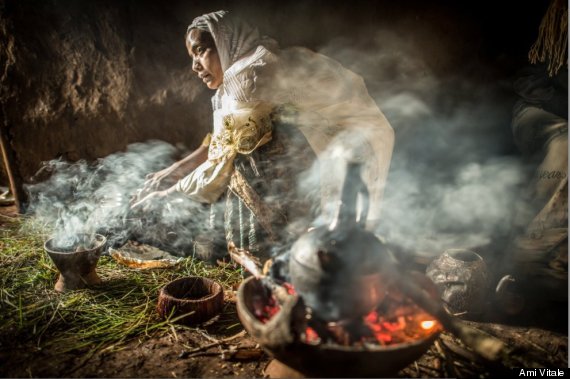 Ramla Sharif roasts coffee inside her home at Choche, a village which many claim was where the original ancestral coffee tree was discovered in the 13th century.
Ramla Sharif roasts coffee inside her home at Choche, a village which many claim was where the original ancestral coffee tree was discovered in the 13th century.
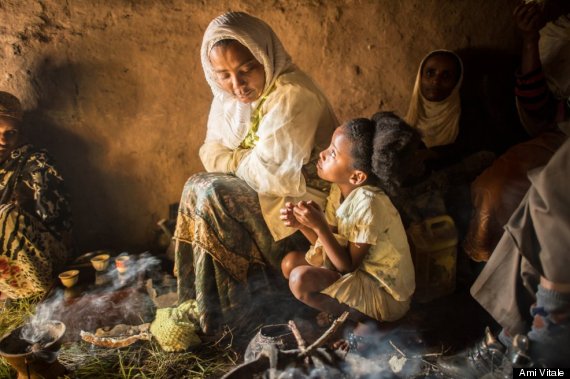
Our 2024 Coverage Needs You
It's Another Trump-Biden Showdown — And We Need Your Help
The Future Of Democracy Is At Stake
Our 2024 Coverage Needs You
Your Loyalty Means The World To Us
As Americans head to the polls in 2024, the very future of our country is at stake. At HuffPost, we believe that a free press is critical to creating well-informed voters. That's why our journalism is free for everyone, even though other newsrooms retreat behind expensive paywalls.
Our journalists will continue to cover the twists and turns during this historic presidential election. With your help, we'll bring you hard-hitting investigations, well-researched analysis and timely takes you can't find elsewhere. Reporting in this current political climate is a responsibility we do not take lightly, and we thank you for your support.
Contribute as little as $2 to keep our news free for all.
Can't afford to donate? Support HuffPost by creating a free account and log in while you read.
The 2024 election is heating up, and women's rights, health care, voting rights, and the very future of democracy are all at stake. Donald Trump will face Joe Biden in the most consequential vote of our time. And HuffPost will be there, covering every twist and turn. America's future hangs in the balance. Would you consider contributing to support our journalism and keep it free for all during this critical season?
HuffPost believes news should be accessible to everyone, regardless of their ability to pay for it. We rely on readers like you to help fund our work. Any contribution you can make — even as little as $2 — goes directly toward supporting the impactful journalism that we will continue to produce this year. Thank you for being part of our story.
Can't afford to donate? Support HuffPost by creating a free account and log in while you read.
It's official: Donald Trump will face Joe Biden this fall in the presidential election. As we face the most consequential presidential election of our time, HuffPost is committed to bringing you up-to-date, accurate news about the 2024 race. While other outlets have retreated behind paywalls, you can trust our news will stay free.
But we can't do it without your help. Reader funding is one of the key ways we support our newsroom. Would you consider making a donation to help fund our news during this critical time? Your contributions are vital to supporting a free press.
Contribute as little as $2 to keep our journalism free and accessible to all.
Can't afford to donate? Support HuffPost by creating a free account and log in while you read.
As Americans head to the polls in 2024, the very future of our country is at stake. At HuffPost, we believe that a free press is critical to creating well-informed voters. That's why our journalism is free for everyone, even though other newsrooms retreat behind expensive paywalls.
Our journalists will continue to cover the twists and turns during this historic presidential election. With your help, we'll bring you hard-hitting investigations, well-researched analysis and timely takes you can't find elsewhere. Reporting in this current political climate is a responsibility we do not take lightly, and we thank you for your support.
Contribute as little as $2 to keep our news free for all.
Can't afford to donate? Support HuffPost by creating a free account and log in while you read.
Dear HuffPost Reader
Thank you for your past contribution to HuffPost. We are sincerely grateful for readers like you who help us ensure that we can keep our journalism free for everyone.
The stakes are high this year, and our 2024 coverage could use continued support. Would you consider becoming a regular HuffPost contributor?
Dear HuffPost Reader
Thank you for your past contribution to HuffPost. We are sincerely grateful for readers like you who help us ensure that we can keep our journalism free for everyone.
The stakes are high this year, and our 2024 coverage could use continued support. If circumstances have changed since you last contributed, we hope you'll consider contributing to HuffPost once more.
Already contributed? Log in to hide these messages.

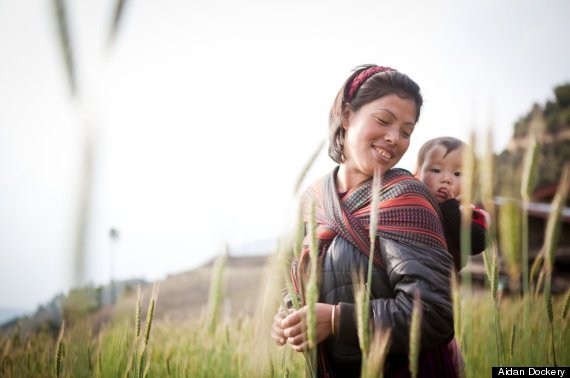
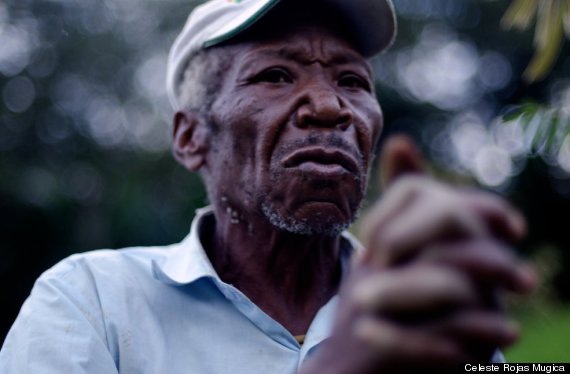
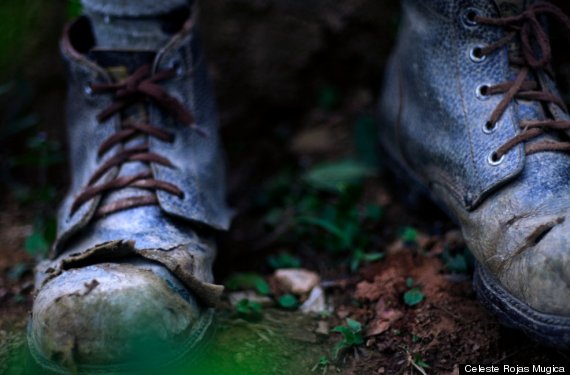

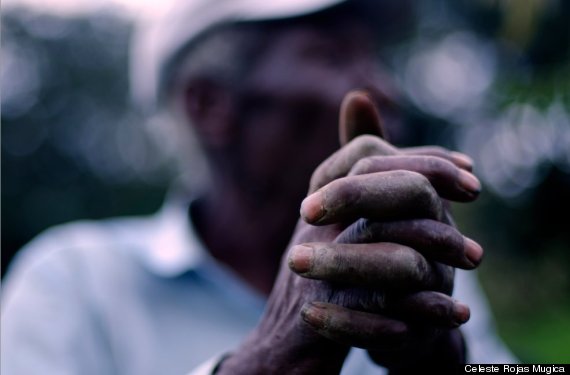
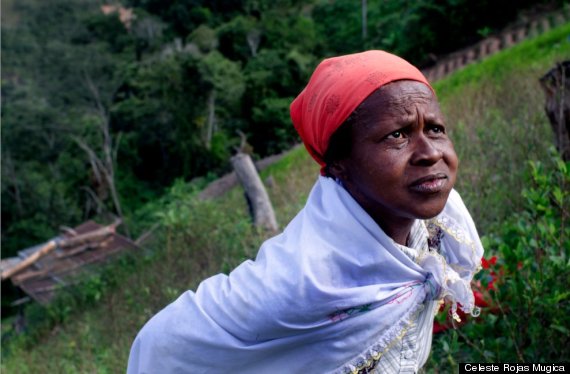
 Ramla Sharif roasts coffee inside her home at Choche, a village which many claim was where the original ancestral coffee tree was discovered in the 13th century.
Ramla Sharif roasts coffee inside her home at Choche, a village which many claim was where the original ancestral coffee tree was discovered in the 13th century.
